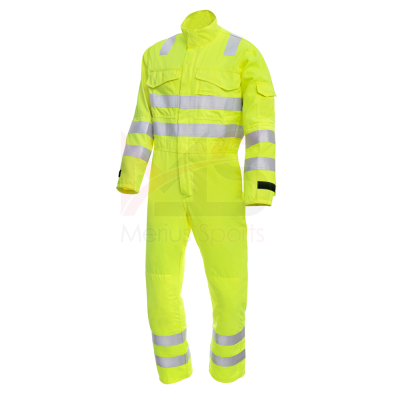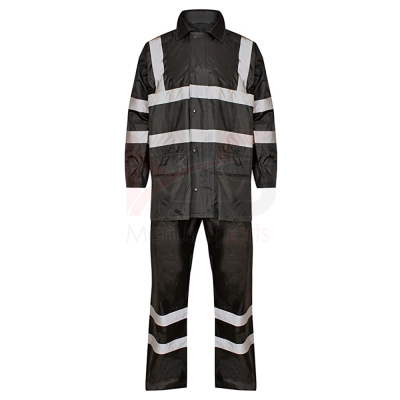Reflective clothing is widely used in police, sanitation workers, urban management, door guards and other industries. It is precisely because of the reflective strips or patterns on its body that can give people a good safety warning. Even in a dark environment, it can be reflected by light. Dazzling light, so reflective clothing is currently a must-wear clothing, and it is also the safest clothing, so as to reduce the annual accidents as much as possible. But in a dazzling array of markets, how can we choose a brand of reflective clothing that suits me? Now, let us take a look.
One, buy high-visibility reflective materials
When it comes to reflective clothing, the most important thing is of course the luminous effect. The reflective part of the reflective clothing is made by using the micro-diamond-shaped crystal lattice to produce refraction and high refractive index glass beads retro-reflective principle, through the advanced process of focusing and post-processing. It can reflect the distant direct light back to the luminous place, and it has good retroreflective optical performance no matter in day or night. Especially at night, it can display the same high visibility as during the day. Therefore, when buying reflective clothing, it should be made of high-visibility reflective materials. No matter the wearer is in the distance, or under the interference of light or scattered light, it can be easily found by night drivers.
Two, buy waterproof and breathable Oxford fabric (PU coating)
Since most people wearing reflective clothing work outdoors, they need to face wind, sun, rain, and snow. Therefore, the selected material is best to have waterproof, sun-proof, and breathable functions, which can be suitable for the four seasons. At present, most of the products on the market use 100% polyester mesh cloth, but rarely use 100% polyester mesh cloth like the brand. In order to prevent the cold weather in winter, the reflective vest is easy to be frozen and cracked. Our Xinwei reflective clothing uses high-tech materials, which are not easy to freeze and crack even at an ultra-low temperature of minus 40 degrees.






















